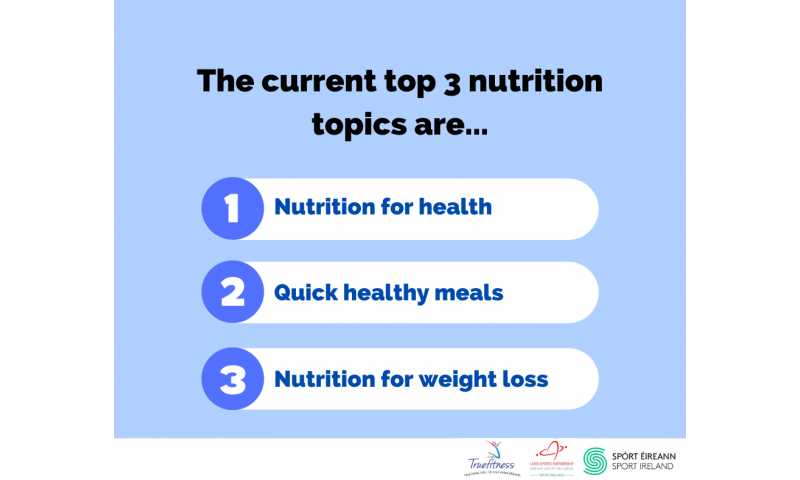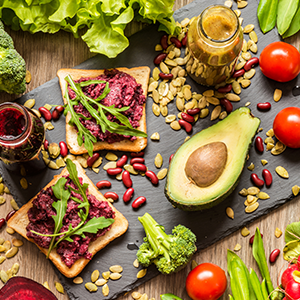
Here are some tips for making the switch to veganism or lacto ovo vegetarian. It can be hard to switch from eating meat every meal for years. The Mayo Clinic suggests experimenting with one vegetarian meal per day and slowly decreasing your meat intake. For a reduction in saturated fats and cholesterol, it is advisable to choose fat-free dairy products as well as egg whites. Avoid refined grains and added sweeteners.
Vegan
Ovo-vegetarians don't eat any dairy products or meat. Their name comes down to the Latin word OVO, which is an egg. They are different from vegans because they eat all types fruits and vegetables in addition to eggs and their egg products.
The health and well-being benefits of a lacto-ovo vegetarian diet are numerous. For instance, it can help people who are lactose intolerant, or who are sensitive to dairy products. It can also be beneficial to those who have a low intake of protein. Egg whites, for example, provide a high quality source of protein, while the yolk provides cholesterol and fat, as well as important fat-soluble vitamins.

A lacto-ovo vegetarian diet is an excellent starting point for people who want to transition to a plant-based diet. People who still want to eat dairy products can also continue to eat them.
Lacto-ovo vegetarian
Lacto-ovo vegetarianism (also known as ovo–lacto vegetarianism) is a type or vegetarian diet that allows you eat animal products, but not fish and seafood. This particular diet is increasing in popularity in the United States. Here are some key points to keep in mind when adopting this diet:
You should eat a wide variety of vegetables, legumes, grains, and other plant-based foods when you are a lacto-ovo vegetarian. These foods will provide all of the nutrients your body requires. This will allow you to avoid any mineral or vitamin deficiencies. Moreover, you should follow a healthy eating pattern and include plenty of fruits and vegetables.
Many Asian and South Asian cuisines include meatless options such as tofu or curried vegetables. Mediterranean cuisines have many meatless options. Even certain foods like pesto are dairy-free.

Flexitarian
A flexitarian diet is one that emphasizes plant-based proteins, while allowing you to include animal products in moderation. This diet allows you to eat a variety of fruits and veggies, while limiting your intake of sugary and processed foods. This type of vegetarian diet is best for those who want to make their diet more flexible and accommodate their lifestyles.
There are many options for vegetarian diets. The most common type of vegetarian diet is the lacto-ovo, which excludes dairy products as well as meat and fish. Other options include pollotarian and pescatarian, which are both less common. They all emphasize plant-based foods.
Both types of vegetarian diets have their pros and cons. While a lacto-ovo vegetarian doesn't eat meat, it allows eggs and other products made of eggs. Vegans, on the contrary, do not eat any animal products. Flexitarians can eat some fish and milk products.
FAQ
Exercise: Good and bad for immunity?
Your immune system is strengthened by exercise. Exercise boosts the production of white blood cells in your body that fight infections. You also get rid of toxins from your body. Exercise can help you avoid heart disease and other illnesses like cancer. It can also lower stress levels.
Exercising too frequently can make your immune system weaker. If you work out too hard, your muscles become sore. This can cause inflammation and swelling. In order to fight off infection, your body must produce more antibodies. Problem is, extra antibodies can trigger allergies and other autoimmune conditions.
So, don't overdo it!
Why do we need to have a healthy lifestyle?
Healthy living can lead to a longer and happier life. Healthy eating habits, regular exercise, healthy sleep habits, stress management, and good sleep habits can help to prevent heart disease, stroke, diabetes, cancer, and other serious diseases.
Healthy lifestyles will help us to cope with daily stresses better and improve our mental health. Having a healthy lifestyle will also boost our self confidence and help us look and feel younger.
Here are five ways to lead a healthy lifestyle.
How can you live a healthy life?
A healthy lifestyle means eating right, being active, getting enough sleep, managing your stress levels, and having fun. Good eating habits include avoiding processed foods, sugar, unhealthy fats, and avoiding junk food. Exercise burns calories and strengthens the muscles. Getting enough sleep improves memory and concentration. Stress management can reduce anxiety and depression. Fun is the key to keeping us healthy and happy.
How to measure bodyfat?
A Body Fat Analyzer can be used to measure body fat. These devices measure the body fat percentage in people who wish to lose weight.
Which diet is best for me?
Many factors influence which diet is best for you. These include your gender, age and weight. It is also important to think about how much energy you use during exercise and whether you like low-calorie foods.
Intermittent Fasting is an alternative to traditional fasting if you are looking to lose weight. Intermittent fasting is a way to eat only certain meals during the day instead of three large meals. This may be a better option than traditional diets with daily calorie counts.
Research suggests that intermittent fasting may increase insulin sensitivity and reduce inflammation. This can result in improved blood sugar levels as well as a lower risk of developing diabetes. Intermittent fasting has been shown to promote fat loss as well as improve overall body composition.
Statistics
- The Dietary Guidelines for Americans recommend keeping added sugar intake below 10% of your daily calorie intake, while the World Health Organization recommends slashing added sugars to 5% or less of your daily calories for optimal health (59Trusted (healthline.com)
- WHO recommends consuming less than 5% of total energy intake for additional health benefits. (who.int)
- In both adults and children, the intake of free sugars should be reduced to less than 10% of total energy intake. (who.int)
- Extra virgin olive oil may benefit heart health, as people who consume it have a lower risk for dying from heart attacks and strokes according to some evidence (57Trusted Source (healthline.com)
External Links
How To
What does the "vitamin") mean?
Vitamins are organic substances found naturally in food. Vitamins are essential for our bodies to absorb nutrients from the foods we eat. Vitamins cannot be produced by the body. They must be obtained from food.
There are two types if vitamins: water soluble, and fat soluble. Water-soluble vitamins dissolve quickly in water. Vitamin C,B1(thiamine), B2 (2riboflavin), and B3 (3niacin), as well as vitamin C,B1, B2 (riboflavin), and B3 (niacin), vitamin B6 (pyridoxine), vitamin folic acid (biotin), pantothenic, and choline are examples. The liver and fat soluble vitamins are stored in fatty tissue. Examples include vitamin D, E, K, A, and beta carotene.
Vitamins are classified based on their biological activity. There are eight main groups of vitamins.
-
A - Essential for healthy growth and health maintenance.
-
C - vital for nerve function and energy generation
-
D - Essential for healthy teeth and bones.
-
E is needed for good reproduction and vision.
-
K – Required for healthy muscles & nerves.
-
P – vital for building strong bones.
-
Q – aids digestion and absorption.
-
R – Required for making red blood vessels.
The recommended daily allowance of vitamins (RDA), varies depending upon age, gender, physical condition, and other factors. The U.S. Food and Drug Administration (FDA) sets the RDA values.
For adults 19 years and over, the RDA vitamin A intake is 400mg/day. Pregnant women require 600 micrograms daily to support fetal development. Children ages 1-8 require 900 micrograms per day. For infants younger than one year, 700 micrograms are required daily. However, this number drops to 500 micrograms each day for children aged 9-12 months.
Children ages 1-18years who are obese need 800 micrograms per day while those who are overweight need 1000 micrograms per day and children who are underweight need 1200 micrograms per day to meet their nutritional needs.
Children between 4-8 years of age who have been diagnosed by anemia must consume 2200 micrograms daily of vitamin C.
2000 micrograms is the minimum daily intake for general health in adults older than 50 years. Breastfeeding or pregnant women require 3000 micrograms per daily due to higher nutrient demands.
Adults over 70 years of age need 1500 micrograms per day since they lose about 10% of their muscle mass each decade.
Women who have been pregnant or are lactating require more than the RDA. Pregnant woman need 4000 micrograms daily in pregnancy and 2500 per day after childbirth. Breastfeeding mothers need to consume 5000 micrograms each day when breastmilk has been produced.